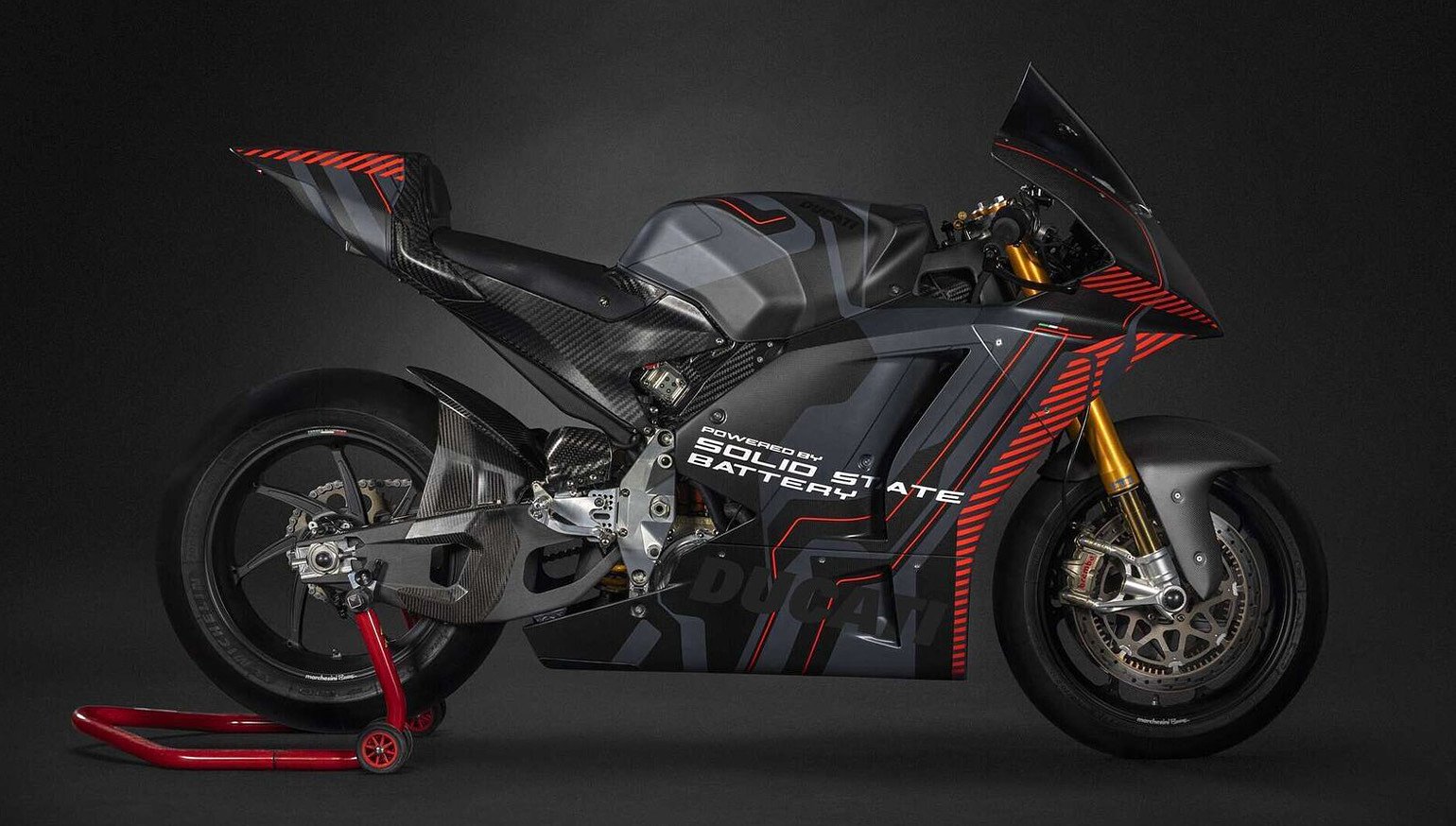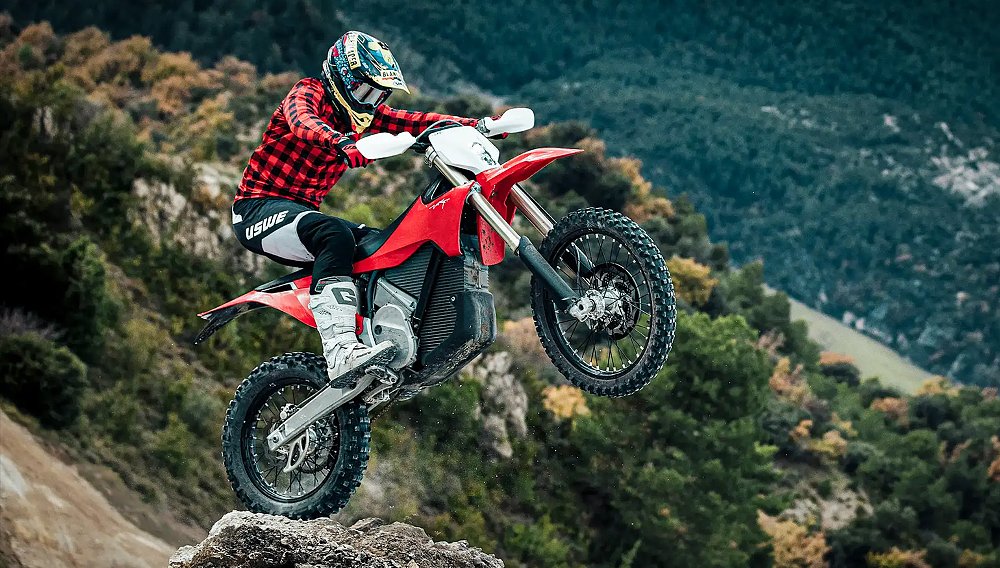Ducati recently unveiled a special version of the V21L, its MotoE race bike. To the unsuspecting eye, the all-electric prototype looked unchanged, but mounted under its race fairings was a solid-state battery.
Compared to their lithium-ion counterparts, solid-state batteries are more energy-dense and faster to charge. Those qualities are particularly desirable for electric motorcycles. Whereas electric carmakers can stuff large battery packs into a four-wheeled chassis, space is much more limited on a motorbike and weight is a greater concern. Given those constraints, current technologies can’t match the performance, range, or refueling times of gas-powered motorcycles. That’s why the solid-state battery V21L could breathe some much-needed life into the electric motorcycle space.
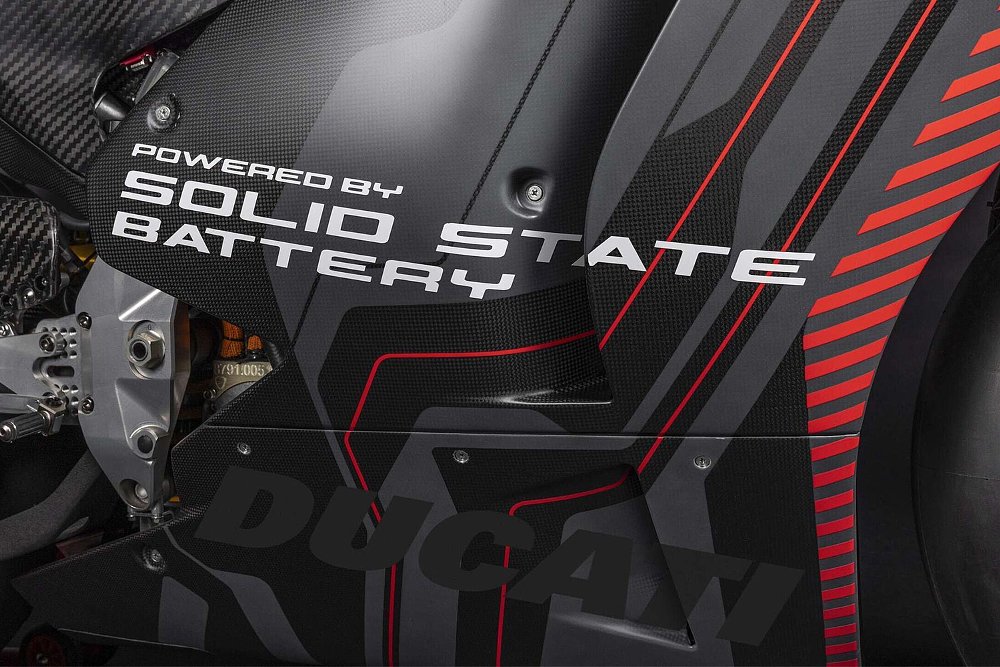
Introduced at IAA (International Mobility Show Germany) 2025, the electric concept is the product of a joint venture between solid-state battery developer QuantumScape and Volkswagen subsidiaries Ducati, Audi, and PowerCo SE. The demonstration bike draws power from 980 QuantumScape QSE-5 cells, which can charge from 10% to 80% of capacity in 12 minutes, a dramatic improvement over today's fast charging estimates. The project isn't complete, either. Following its IAA debut, the test mule will undergo further development on the race track.
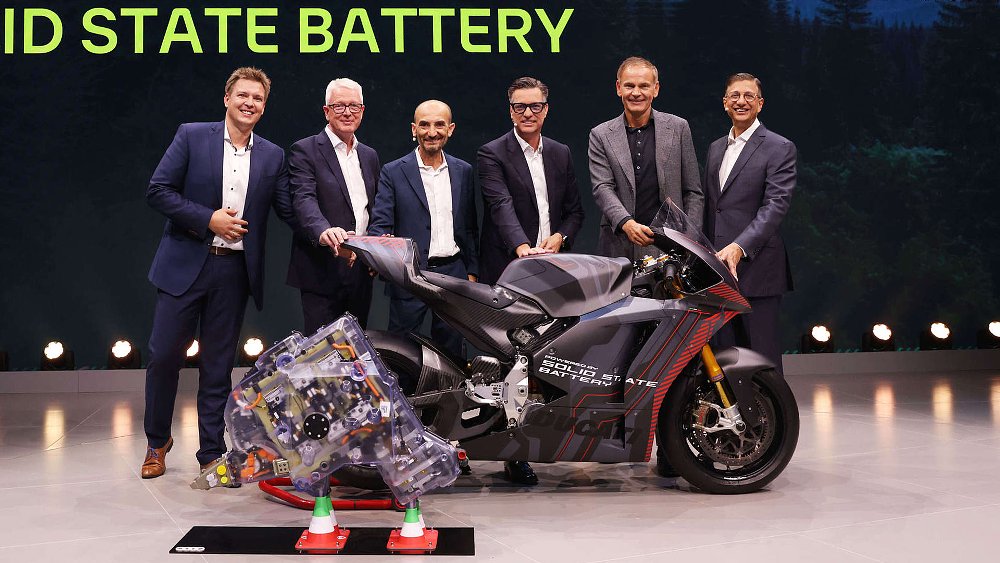
PowerCo and QuantumScape will also apply solid-state technology to Unified Cells for use in automobiles. In other words, we won’t see production vehicles powered by solid-state batteries anytime soon. In fact, Volkswagen only anticipates a “commercial solution by the end of the decade.” Still, pursuing solid-state technologies seems worth the investment.
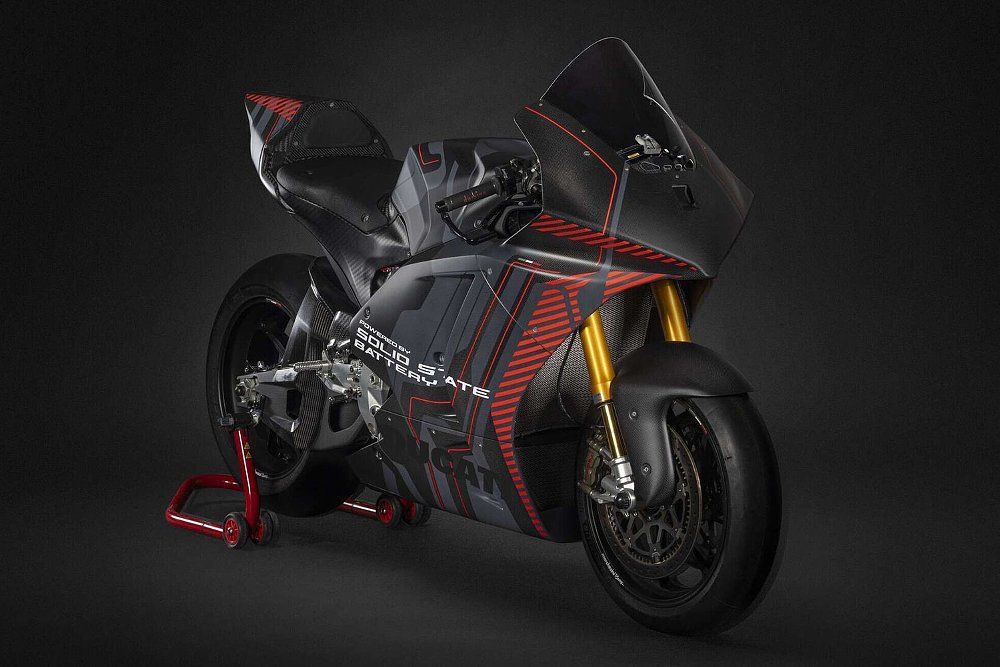
The quantum leap?
While the upsides of solid-state batteries are clear, several obstacles remain. The first of which comes down to resources. Unlike lithium-ion batteries that employ a liquid electrolyte to transfer ions between the battery’s anode (negative pole) and cathode (positive pole), solid-state batteries utilize a solid electrolyte (often ceramics, polymers, or sulfides). Sourcing the necessary materials is expensive. On top of that, large-scale production processes have yet to be developed.
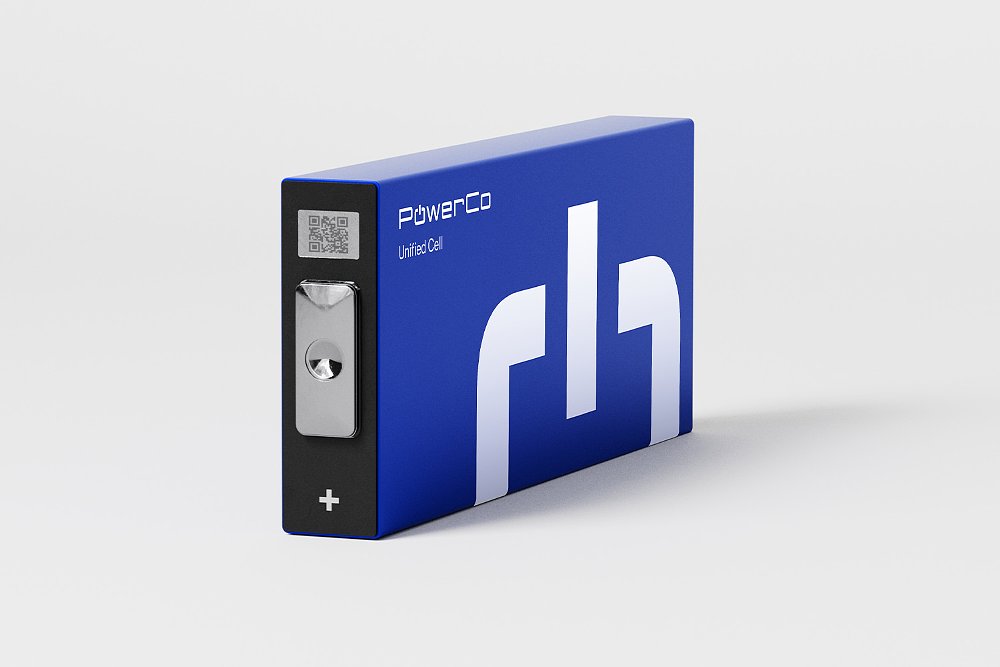
In that way, Ducati’s solid-state battery amounts to a small step forward. However, the headwinds are only picking up. On one hand, the Bologna brand celebrates its battery breakthrough. On the other, it rues the end of its MotoE program, as MotoGP will place the series on an indefinite “hiatus” following the 2025 season. That's because MotoE has failed to gain “sufficient traction within [the MotoGP] fanbase during its seven seasons of competition,” according to a statement released by the organization.
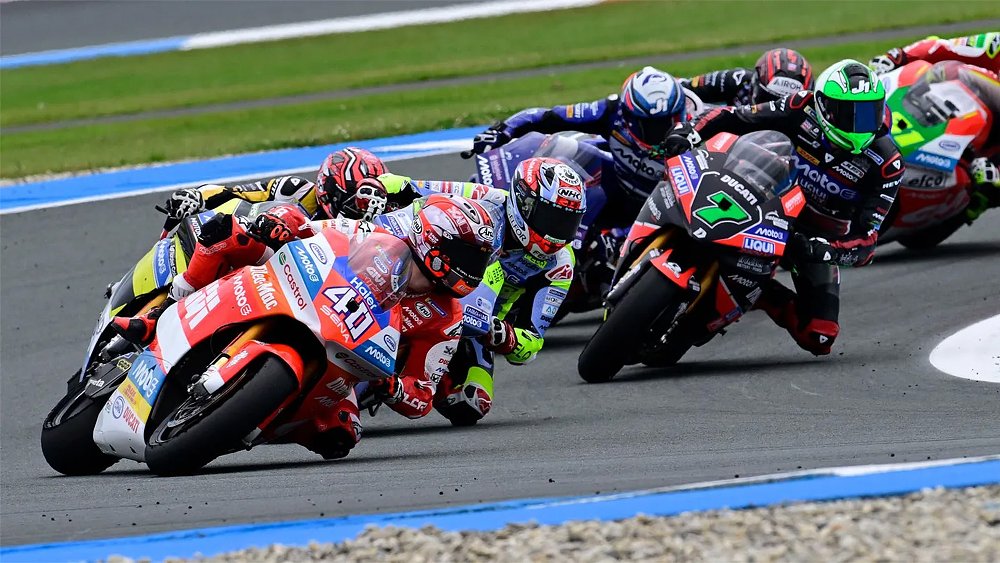
That development raises the question: Are solid-state batteries the big break that electric motorcycles so desperately need or are they too little too late?




